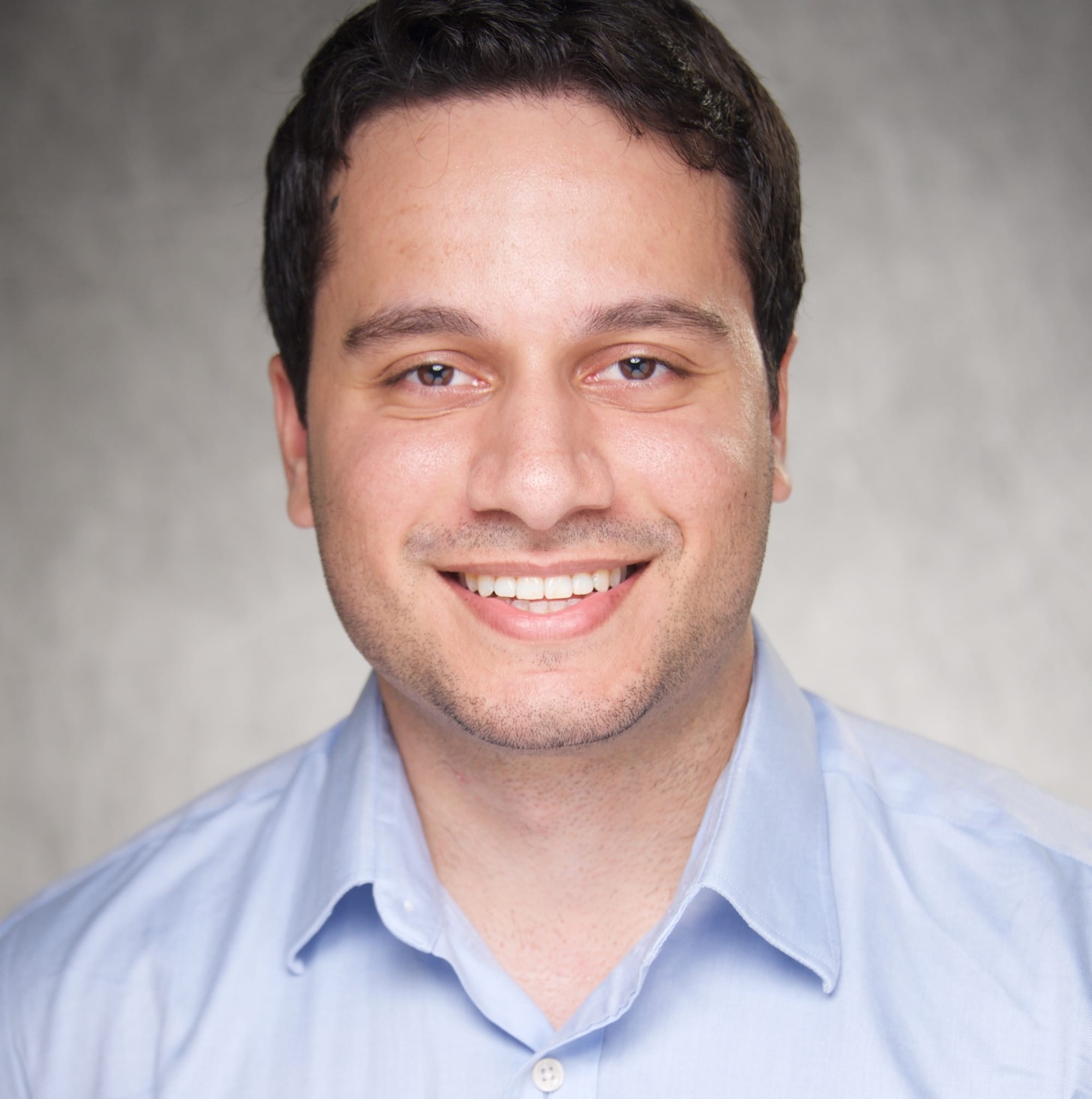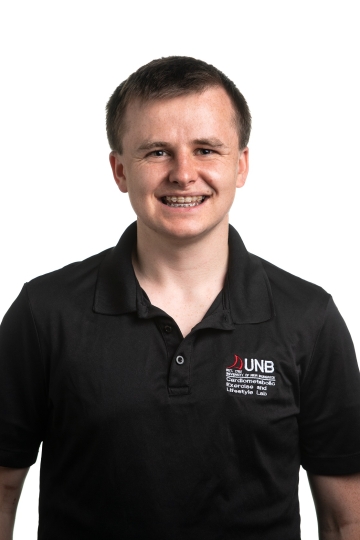Khashayar Farzam (he/him)
Emergency Medicine Doctor
Grand River and St. Mary's hospital
Learn About My Career
As an ER doctor, I take care of any patient who comes through the hospital door for literally anything!
I was born/grew up in: I was born in Tehran, Iran and immigrated to Canada at the age of 6. I grew up in Ajax, Ontario.
I now live in: Kitchener, Ontario.
I completed my training/education at: Bachelor of Science (Biology Major) at Ontario Tech University. Medical school at the University of New England in Maine, USA. Family medicine residency at the University of Iowa in Iowa, USA.
I'm a licensed physician in Canada and I work full time in the emergency room (ER). I also do family medicine clinic work. Working in the emergency room is fun and exciting. It is also unpredictable. You never know what is coming through the door. Patients can be brought in by an ambulance after a big accident. Or they can come from home after a heart attack or stroke. Others come in with broken bones, big cuts, eye injuries, or stomach pain. Just about anything you can imagine, and I’ve seen it! Basically, any body part can get hurt and end up in the ER. There's no end to the variety!
A typical day in the ER is a shift that takes 8-9 hours. These shifts can be at any time of the day and also overnight. They are often quite intense and there is very little time for rest or a break. An average ER doctor could see at least 20 patients in one shift. Some of these patients may need complex procedures. Others may be discharged quickly after being seen. A full time ER doctor works about 13 shifts a month.
During family medicine clinic, I see patients for all sorts of common complaints. Some need checkups, other patients have various types of illnesses. Some need follow up for their diabetes or heart failure. The family medicine clinic is a great change of pace from the ER.
During my non-clinical time, I enjoy writing academic papers and plan to pursue clinical research soon. During 2023, I will also become a member of a university faculty at a local medical school.
I decided I want to be a doctor in grade 6. Later, I was unsure during high school but ultimately decided to pursue medicine after graduating. I developed a passion for the medical sciences and loved that I could help people using my knowledge and skills.
At age 18, I began my Bachelor's degree in biology at Ontario Tech university. Upon completing my degree, I applied to Canadian and American medical schools. I was admitted to the University of New England in Maine, USA. I completed 4 years of medical school, of which 2 years is more classroom-based education. The other 2 years is clinical training in the hospital setting.
When you complete medical school, you are considered a doctor. However, you still need to do a residency to become a fully licensed and board-certified physician. I did 3 years of family medicine residency at the University of Iowa in Iowa, USA. I was at a very large academic center hospital. A large part of my training involved taking care of very complex patients in the hospital. I worked in the intensive care unit and the emergency room. I also trained in various clinics, including my own family medicine clinic.
My pathway is a very typical and standard pathway for doctors to take. Completing 4 years of a bachelor's degree is the typical minimum requirement for admission to medical school. Also, most medical schools are 4 years long. In Canada, family medicine residency is 2 years long but in USA it is 3 years. Other residencies, as pediatrics or internal medicine, are 3 years in USA as well but 4-5 years in Canada.
I enjoy the excitement and fast paced medicine that the emergency room offers. Quick thinking and fast acting are two common characteristics that most ER doctors share. I also enjoy performing lifesaving procedures. The nature of these procedures usually requires near-perfection to complete safely and effectively.
For me, the most interesting part of being a physician are the mystery cases. Having a patient with weird symptoms or who does not have a clear diagnosis presents a unique challenge in trying to figure out what's wrong with them. Sometimes this can be done quickly in the ER by ordering some tests. But many other patients need more testing over time. This is usually better done in the family medicine clinic setting or after they are admitted to the hospital. When I do figure out what the patient's diagnosis is, it is very rewarding to be able to give them an answer.
I help people during some of their worst days. I'm also able to help improve my patients' situation and work to fix their problems. Seeing patients leave after feeling better or seeing patients get better over time is rewarding.
Outside of work, I enjoy Powerlifting and I do regularly compete. I also enjoy reading, movies and traveling.
Explore your goals and passions and find how you want to get there. Create a plan and stay committed to it. Do not be discouraged by hiccups along the way.
What I do at work
I'm a licensed physician in Canada and I work full time in the emergency room (ER). I also do family medicine clinic work. Working in the emergency room is fun and exciting. It is also unpredictable. You never know what is coming through the door. Patients can be brought in by an ambulance after a big accident. Or they can come from home after a heart attack or stroke. Others come in with broken bones, big cuts, eye injuries, or stomach pain. Just about anything you can imagine, and I’ve seen it! Basically, any body part can get hurt and end up in the ER. There's no end to the variety!
A typical day in the ER is a shift that takes 8-9 hours. These shifts can be at any time of the day and also overnight. They are often quite intense and there is very little time for rest or a break. An average ER doctor could see at least 20 patients in one shift. Some of these patients may need complex procedures. Others may be discharged quickly after being seen. A full time ER doctor works about 13 shifts a month.
During family medicine clinic, I see patients for all sorts of common complaints. Some need checkups, other patients have various types of illnesses. Some need follow up for their diabetes or heart failure. The family medicine clinic is a great change of pace from the ER.
During my non-clinical time, I enjoy writing academic papers and plan to pursue clinical research soon. During 2023, I will also become a member of a university faculty at a local medical school.
My career path is
I decided I want to be a doctor in grade 6. Later, I was unsure during high school but ultimately decided to pursue medicine after graduating. I developed a passion for the medical sciences and loved that I could help people using my knowledge and skills.
At age 18, I began my Bachelor's degree in biology at Ontario Tech university. Upon completing my degree, I applied to Canadian and American medical schools. I was admitted to the University of New England in Maine, USA. I completed 4 years of medical school, of which 2 years is more classroom-based education. The other 2 years is clinical training in the hospital setting.
When you complete medical school, you are considered a doctor. However, you still need to do a residency to become a fully licensed and board-certified physician. I did 3 years of family medicine residency at the University of Iowa in Iowa, USA. I was at a very large academic center hospital. A large part of my training involved taking care of very complex patients in the hospital. I worked in the intensive care unit and the emergency room. I also trained in various clinics, including my own family medicine clinic.
My pathway is a very typical and standard pathway for doctors to take. Completing 4 years of a bachelor's degree is the typical minimum requirement for admission to medical school. Also, most medical schools are 4 years long. In Canada, family medicine residency is 2 years long but in USA it is 3 years. Other residencies, as pediatrics or internal medicine, are 3 years in USA as well but 4-5 years in Canada.
I am motivated by
I enjoy the excitement and fast paced medicine that the emergency room offers. Quick thinking and fast acting are two common characteristics that most ER doctors share. I also enjoy performing lifesaving procedures. The nature of these procedures usually requires near-perfection to complete safely and effectively.
For me, the most interesting part of being a physician are the mystery cases. Having a patient with weird symptoms or who does not have a clear diagnosis presents a unique challenge in trying to figure out what's wrong with them. Sometimes this can be done quickly in the ER by ordering some tests. But many other patients need more testing over time. This is usually better done in the family medicine clinic setting or after they are admitted to the hospital. When I do figure out what the patient's diagnosis is, it is very rewarding to be able to give them an answer.
How I affect peoples’ lives
I help people during some of their worst days. I'm also able to help improve my patients' situation and work to fix their problems. Seeing patients leave after feeling better or seeing patients get better over time is rewarding.
Outside of work I
Outside of work, I enjoy Powerlifting and I do regularly compete. I also enjoy reading, movies and traveling.
My advice to others
Explore your goals and passions and find how you want to get there. Create a plan and stay committed to it. Do not be discouraged by hiccups along the way.
When I was a student I enjoyed:
- Physical Education/Health
- Science
When I was a student, I would describe myself as someone who:
- Played on a sports team
- Was motivated by success
- Liked being given free range to explore my ideas
- Played video games
- Always knew what I wanted to do
Related Topics
Explore More Career Profiles
-
Brianna Lummerding
Career Profiles
Agronomic Innovation Manager
I look after all things related to soil management for a group of retailers. -
Li Tan (he/him)
Career Profiles
Molecular Lead
I coordinate the day-to-day operations in the DNA Extraction Lab. -
Tyler Morhart (video)
Career Profiles
Scientist, Beamline Responsible - SyLMAND
I am responsible for the SyLMAND beamline at the Canadian Light Source synchrotron facility. -
Li Tan (Video)
Career Profiles
Molecular Lead
I coordinate the day-to-day operations in the DNA Extraction Lab. -
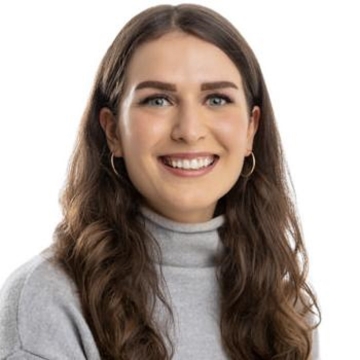
Rashell Featherstone (she/her)
Career Profiles
Senior Program Associate
I coordinate projects for the development of new products at STEMCELL. -
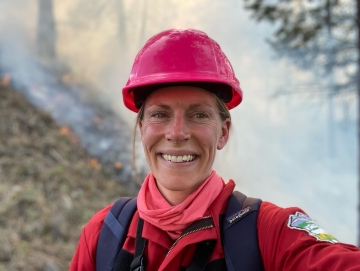
Kira Hoffman (she/her)
Career Profiles
Postdoctoral Researcher/Fire Ecologist
I am a researcher at both a university and a not-for profit organization where I am gaining experience to become a senior researcher. -
Zoë Ehlert (Video)
Career Profiles
Manager, Marker Assisted Breeding
I lead a team that develops canola crops by breeding plants with traits we are looking for. -
Zoë Ehlert
Career Profiles
Manager, Marker Assisted Breeding
I lead a team that develops canola crops by breeding plants with traits we are looking for. -
Jennifer Baltzer (she/her)
Career Profiles
Professor and Canada Research Chair in Forests and Global Change
I work at a university, teaching students and conducting research on the impact of climate change on forests in Canada and around the world. -
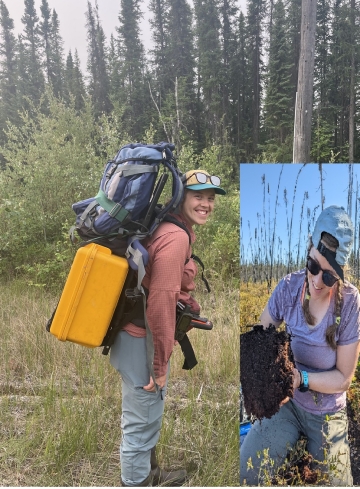
Caitlyn Lyons (she/her)
Career Profiles
Ph.D. Candidate
I am working towards my PhD and studying the forests in the Northwest Territories. -
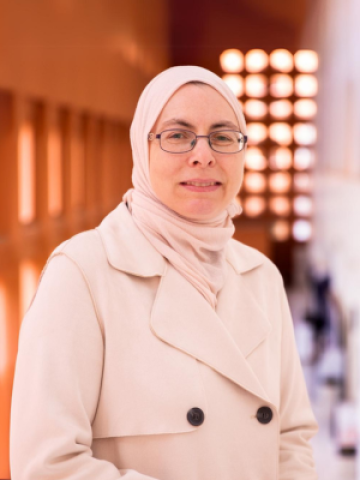
Joann Whalen
Career Profiles
Professor at the Faculty of Agricultural and Environmental Sciences,
I teach advanced courses on how to manage soils to produce healthy, nutritious food and maintain healthy ecosystem functions.
